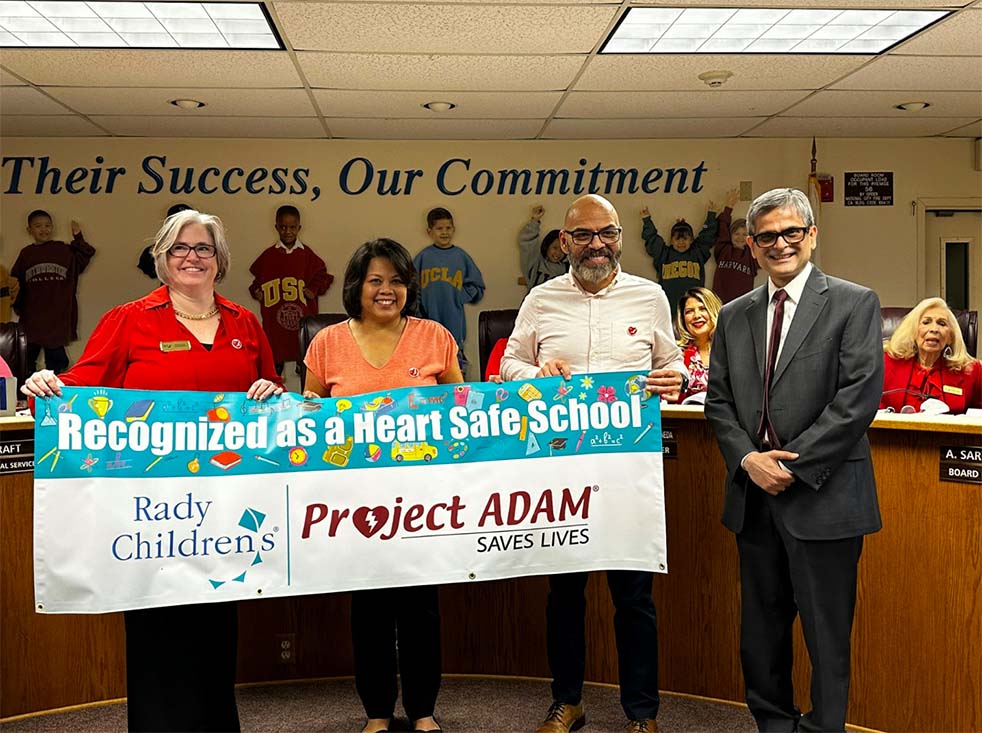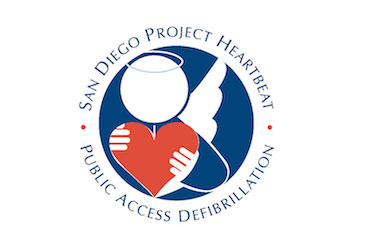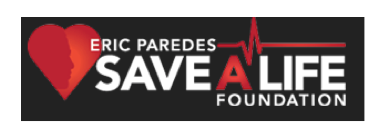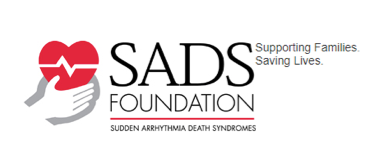
In February 2024, Central Elementary School became a designated Project ADAM School in the National School District.
In March 2021, Old Town Academy became the first Project ADAM, Heart Safe School designated by Rady Children’s.
Project ADAM is a national program founded at Children’s Hospital of Wisconsin that educates and equips schools to respond to students and staff who have a sudden cardiac event. This is accomplished by ensuring that schools have personnel and procedures in place to respond to the event as well as automated external defibrillators strategically located throughout the campus. Once the personnel, procedures and AEDs are in place, the school can apply to be identified as a “Heart Safe School.”
Children’s hospitals and health systems throughout the country have joined in the mission to reduce preventable cardiac deaths by becoming a Project ADAM affiliate. Rady Children’s Hospital became the 26thaffiliate in June 2020. Our program is administered through the Center for Healthier Communities under the direction of an internal advisory committee. The members include:
Coordinator, Project ADAM: Negin Javaherchian, njavaherchian@rchsd.org
Administrative Coordinator: Jacqueline Rodriguez, jmrodriguez@rchsd.org
Medical Director: Rohit Rao, M.D., M.B.A., Medical Director of the Cardiothoracic ICU and the Pulmonary Hypertension Program, rrao1@rchsd.org
Executive Director: Gail Knight M.D., Senior Vice President and Chief Medical Officer
Director, Center for Healthier Communities: Mary Beth Moran, mbmoran@rchsd.org
Project ADAM at Central Elementary School

This program works collaboratively with multiple community partners, including:


History of Project ADAM
Project ADAM began in 1999 after the death of Adam Lemel, a 17-year-old Whitefish Bay, Wisc., high school student who collapsed and died while playing basketball. Adam suffered a sudden cardiac arrest in which ventricular fibrillation occurred (the ventricles could not pump blood into the body). Defibrillation, or an AED, could have saved his life.
Adam’s parents, Patty Lemel-Clanton and Joe Lemel, collaborated with Children’s Hospital of Wisconsin’s Herma Heart Institute to create this program in Adam’s memory.
Project ADAM Information and Resources
Sudden Cardiac Arrest
Heart disease is the leading cause of death in the United States, and sudden cardiac death is the most common immediate cause of death among heart disease-related deaths.
Young people are not excluded from this risk. Several studies conducted over the last several decades have demonstrated risk of sudden cardiac death in this age group between 1 to as high as 8.3 deaths per 100,000 a year. Although sudden cardiac arrest in student athletes may be more visible, sudden cardiac death also occurs in young children who are not athletes.
Because approximately 20 percent of a community is in its schools on any given day, including students, teachers, staff and family members, a focused effort on cardiac arrest preparedness in schools is critical to protecting our children and others in the community and beyond.
Cardiac arrest preparedness in the schools should include:
- Cardiopulmonary resuscitation (CPR) training for school staff, teachers, coaches and students
- Cardiac emergency response plans (CERPs) to ensure that all staff are able to respond quickly and decisively to a cardiac arrest on the school grounds
- Automated external defibrillators (AEDs) to provide rapid defibrillation in the event of sudden cardiac arrest caused by ventricular fibrillation, with ongoing maintenance plans and drills
- Drills to enhance staff familiarity, rapid on-site communication and practiced coordination with local emergency medical services
- Emergency action plans for individual students known to be at risk
Warning Signs & Risk Factors
Often there is no prior warning sign that identifies a person at risk of sudden cardiac arrest. Possible warning signs, when present, can include:
- Fainting or dizziness with exercise
- Excessive fatigue or shortness of breath with exercise
- Chest pain or chest discomfort with exercise
Similarly, there may be no known risk factor that identifies a person at risk of sudden cardiac arrest. Risk factors, when present, can include:
- Diseases causing abnormal heart structure, such as congenital heart disease and various forms of cardiomyopathy
- Electrical diseases of the heart, which can predispose to abnormal heart rhythms like ventricular fibrillation. These include Wolff-Parkinson-White syndrome and Long QT syndrome.
- Coronary artery disease, which is most commonly caused by atherosclerosis. (Risk factors for atherosclerosis include obesity, high blood pressure, sedentary lifestyle, tobacco use, diabetes and a family history of coronary artery disease.)
- Exposure to certain drugs of abuse, such as cocaine, inhalants, recreational or club drugs, and even some prescription medications
- Family history of sudden unexplained or sudden cardiac death in a close relative before age 50
- Sudden blow to the chest directly over the heart (called commotio cordis)
The Cardiac Chain of Survival
Early recognition of sudden cardiac arrest
- Collapsed and unresponsive
- Gasping, gurgling, snorting, moaning or labored breathing
- Seizure-like activity
Early Access to 911
- Confirm unresponsiveness
- Call 9-1-1 and follow emergency dispatcher’s instructions
- Call any on-site emergency responders
Early CPR
- Begin CPR immediately
Early Defibrillation
- Immediately retrieve and use an AED as soon as possible to restore the heart to its normal rhythm
Early Advanced Care
- EMS responders begin advanced life support and transfer to a hospital
AEDs
An AED is a portable electronic device which, when properly applied, automatically diagnoses potentially life-threatening heart rhythms including sudden cardiac arrest. Modern AEDs are designed to be used by any bystander, regardless of training. The devices advise the user about how to apply the device and whether or not to administer a shock. Some devices shock automatically if the victim has a fatal heart rhythm.
Training is important, however, particularly since almost all victims also need CPR to keep the blood circulating while the AED is being mobilized and to help establish a good heartbeat after the AED is used. Most of the time, the AED will advise the user to administer CPR, depending on the needs of the victim, and in these cases, it is quite helpful to have CPR training. AEDs have been used successfully by police, firefighters, flight attendants, security guards and lay people.
Survival rates decrease by 10% with each minute of delayed defibrillation.
Need an AED device?
Let our friends at GotAED help you get one. Visit the website to set up a crowdfunding campaign. GotAED is dedicated to getting AEDs in places where kids learn and play. In minutes, your campaign will be up and you can begin notifying your network. Once you reach your goal, GotAED ships an AED and cabinet to your doorstep. If you have any questions, contact Samantha at samantha@gotaed.org.

